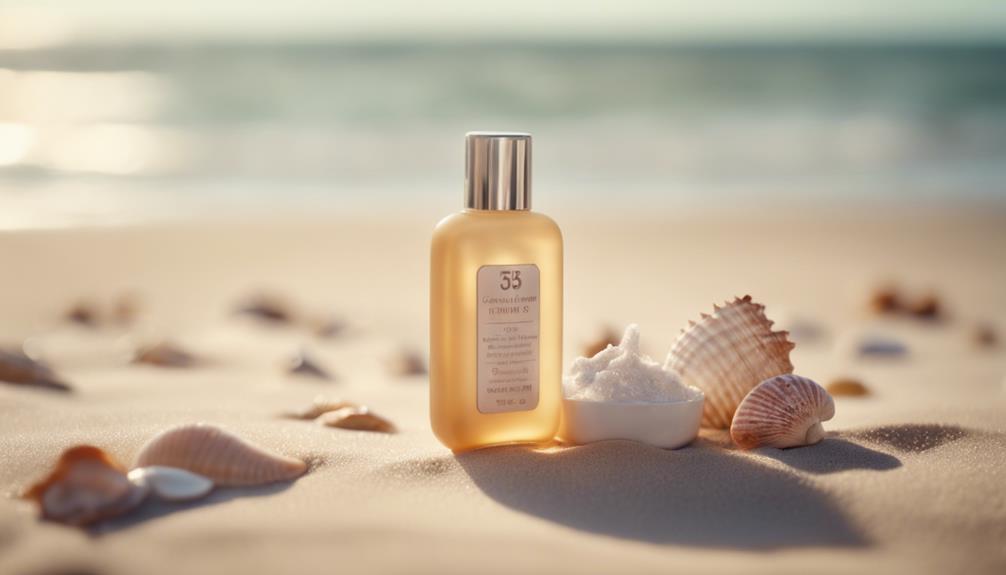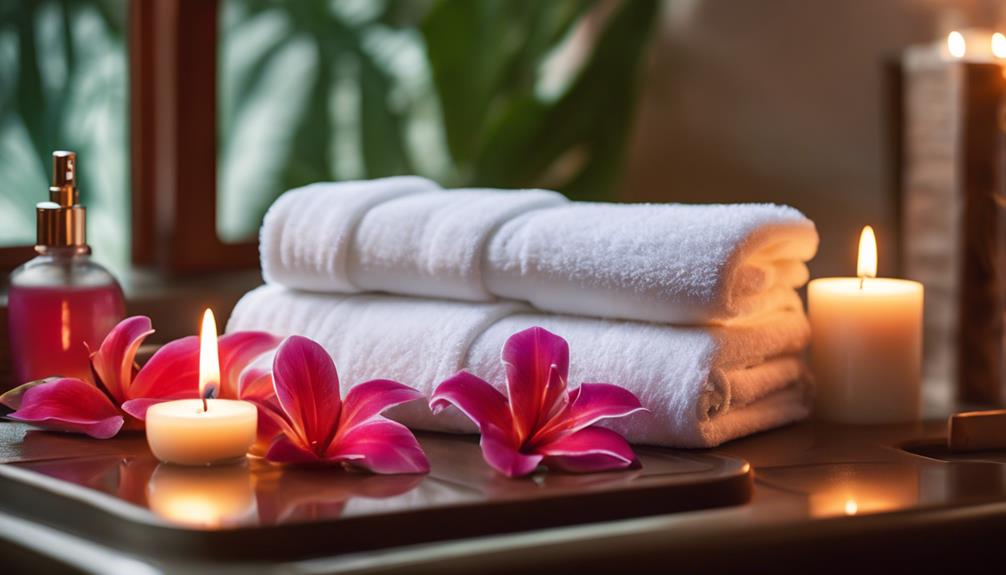You can totally get that sun-kissed glow without worrying about your sensitive skin! Look for dermatologist-approved tanning lotions that are hypoallergenic and fragrance-free, like the Vitamin Sea Natural Bronzer or HEMPZ Hypoallergenic Dark Tan Maximizer. These lotions skip the harsh chemicals and keep your skin happy with soothing ingredients. Just remember to patch test first, because nobody wants an unexpected reaction. Plus, keeping your skin moisturized makes your tan even more fabulous! So, put that lotion on, and let's get glowing—you're gonna love what's coming up next!
Key Takeaways
- Look for hypoallergenic and fragrance-free tanning lotions to minimize irritation for sensitive skin types.
- Dermatologist-approved options include Vitamin Sea Natural Bronzer and HEMPZ Hypoallergenic Dark Tan Maximizer.
- Choose lightweight, non-greasy formulas for easy absorption and a comfortable application experience.
- Select products with color fade protectors to maintain the vibrancy of tattoos while tanning.
Key Considerations for Tanning Lotions
When choosing tanning lotions, you'll want to focus on hypoallergenic and fragrance-free options to minimize irritation on your sensitive skin. Trust me, your skin will thank you!
You should steer clear of harsh chemicals and synthetic fragrances. Instead, look for mineral-based or DHA-free agents that won't leave you feeling like you've smeared on a science experiment.
Lightweight, non-greasy lotions are also a must, so you can absorb all that goodness without any sticky residue.
And hey, if you've got tattoos, don't forget to grab lotions with color fade protectors to keep your ink looking fresh.
With these tips, you'll be on your way to a fabulous tan without the drama! Who doesn't want that?
Benefits of Hypoallergenic Ingredients

Hypoallergenic ingredients in tanning lotions provide significant benefits for your sensitive skin by minimizing the risk of irritation and allergic reactions.
Imagine slathering on a lotion that doesn't make you break out in hives—sounds like a dream, right? These gentle formulas skip the harsh chemicals and common allergens, making them perfect for those pesky sensitive skin types.
Plus, they often include soothing natural extracts, like oatmeal and cocoa butter, which feel super nice on your skin. You'll love how lightweight and non-greasy they are, too!
Top Dermatologist-Approved Lotions
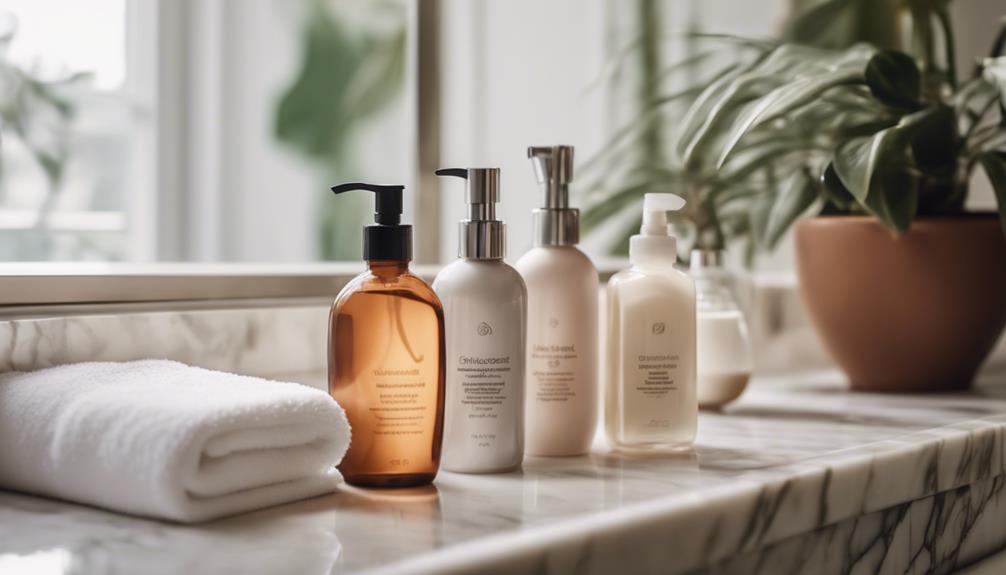
Finding the right dermatologist-approved tanning lotion can make all the difference for your sensitive skin. You want that gorgeous glow without the irritation, right? Here are some top picks you should consider:
| Product Name | Key Features |
|---|---|
| Vitamin Sea Natural Bronzer Tanning Lotion | DHA-free, coconut oil for hydration |
| HEMPZ Hypoallergenic Dark Tan Maximizer | Fragrance-free, deeply hydrating |
| That's What Sea Said Tanning Lotion | Melanin-stimulating and tattoo-friendly |
| Pro Tan Hypoallergenic Dark Tannin | Nourishing and promotes natural tan |
These lotions are specially formulated to keep your skin happy while you achieve that sun-kissed look. Just remember, patch test before diving in! Your skin will thank you later.
Importance of Skin Moisturization
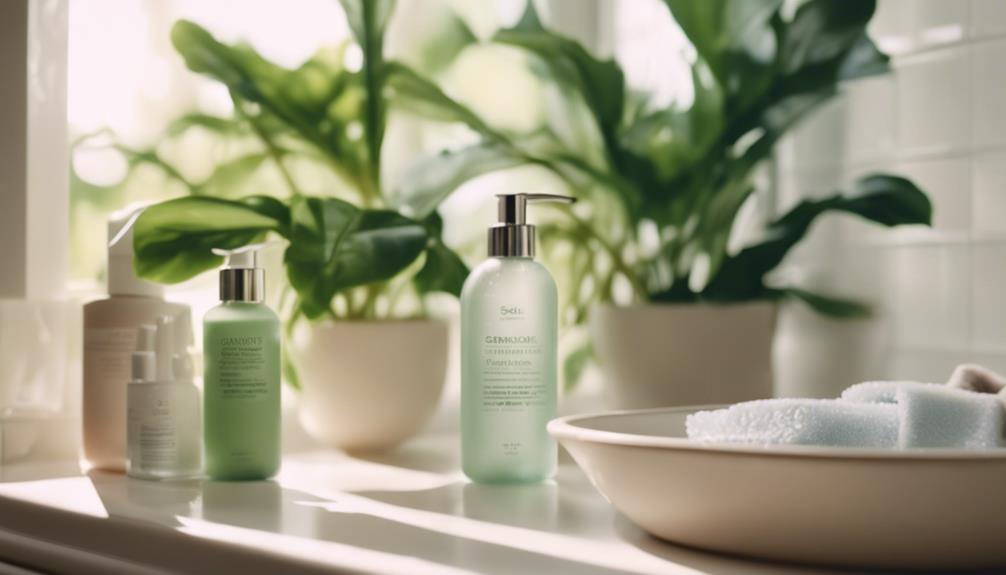
Moisturizing your skin is essential for achieving a beautiful, even tan and preventing dryness and flakiness. Think about it: nobody wants to look like a lizard when they step out!
By keeping your skin hydrated, you're not just making it feel soft; you're also helping your tan last longer and look more vibrant. Imagine flaunting a gorgeous glow instead of patches here and there.
Plus, a good moisturizer can soothe your skin and keep irritation at bay, especially if you've got sensitive skin. So, slather on that lotion like it's your best friend!
Trust me, your skin will thank you later, and you'll be rocking that tan like a pro. Who doesn't love a little extra glow?
Features of Effective Tanning Products
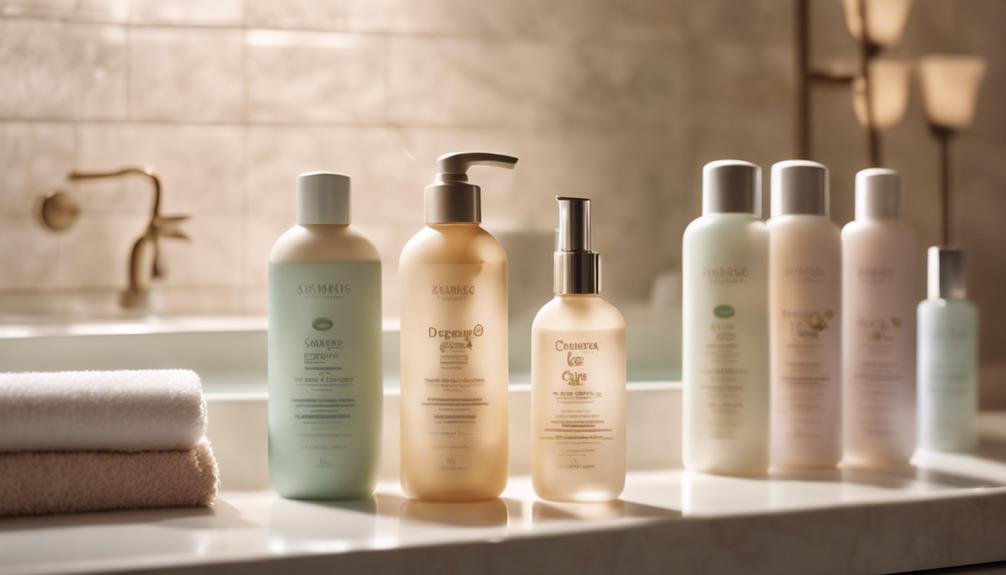
Effective tanning products combine lightweight, non-greasy formulas with nourishing natural extracts to enhance your tanning experience while minimizing irritation.
You want something that absorbs quickly, right? Who's got time for sticky lotions? Look for hypoallergenic options that ditch harsh chemicals—your skin will thank you!
Plus, natural oils like coconut or shea butter keep your skin soft and happy. And hey, if you're worried about fading tattoos, some lotions even protect those beauties!
Just remember, the best products are cruelty-free and free from synthetic bronzers.
Want that sun-kissed glow without the risk? You can totally achieve it with the right lotion! So, grab your favorite and get ready to shine—safely!
User Experiences and Feedback

Many users report positive tanning results without irritation when using hypoallergenic lotions tailored for sensitive skin. They rave about how these lotions make their skin feel soft and moisturized, almost like a cozy blanket!
Some folks even say their tans look natural and last longer, which is a win-win, right? Of course, not everyone's experience is perfect—some have had minor allergic reactions, so patch testing is always a good idea.
You might prefer a light scent, while your friend loves something stronger. It's all about personal taste!
Overall, most users appreciate the non-greasy feel and easy application. Who doesn't want a smooth tan without the hassle?
Tips for Using Tanning Lotions
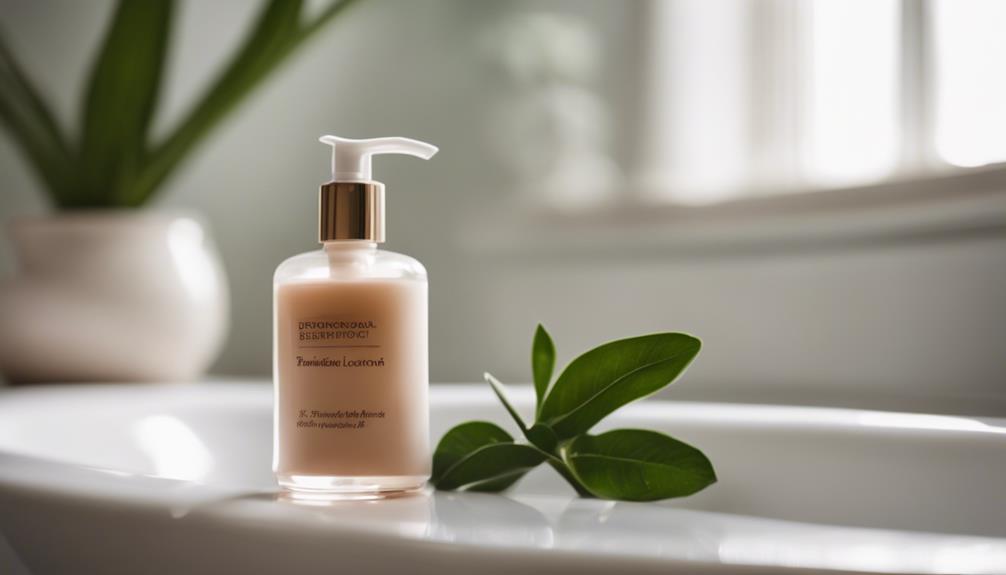
To get the most out of your tanning lotion, always patch test new products to guarantee they suit your skin. Trust me, you don't want to discover a reaction after you've already lathered up!
Here are some tips to make your tanning experience smoother:
- Apply Evenly: Slather that lotion on evenly to avoid awkward tan lines. No one wants to look like a zebra, right?
- Reapply as Needed: If you're sweating or taking a dip, don't forget to reapply. Keep that glow intact!
- Hydrate: Drink plenty of water and moisturize regularly. Your skin will thank you, and your tan will last longer!
Importance of Patch Testing

Patch testing new tanning products is a smart way to guarantee they won't irritate your sensitive skin before you apply them all over.
Seriously, nobody wants to end up looking like a lobster after trying to get a golden glow! Just grab a small amount of the lotion and apply it to a discreet spot on your skin, like your inner arm.
Wait 24 hours to see if any irritation pops up. If you stay smooth and calm, you're good to go! But if redness or itching strikes, it's time to toss that bottle.
Frequently Asked Questions
Can Tanning Lotions Cause Skin Allergies or Reactions?
Yes, tanning lotions can cause skin allergies or reactions, especially if they contain harsh chemicals or allergens. Always patch test new products and choose hypoallergenic options to minimize potential irritation and guarantee safety for your skin.
How Often Should I Apply Tanning Lotion for Best Results?
You should apply tanning lotion every time before tanning sessions for the best results. Reapply as needed, especially after sweating or swimming, to maintain an even, lasting tan while keeping your skin hydrated.
Are There Tanning Lotions Safe for Children or Teenagers?
You should avoid tanning lotions for children and teenagers, as their skin is more sensitive and prone to irritation. Instead, consider sunless options or protective clothing to keep their skin safe while enjoying outdoor activities.
Do Tanning Lotions Expire, and How Can I Tell?
About 70% of skincare products have expiration dates. Tanning lotions can expire, typically within three years. To check, look for a date on the packaging or observe changes in color, texture, or smell.
Can I Use Tanning Lotions on My Face Safely?
You can use tanning lotions on your face, but make certain they're formulated for facial skin. Look for non-comedogenic, hypoallergenic products to avoid irritation. Always patch test first to verify compatibility with your skin type.
Conclusion
So there you have it, folks!
With the right dermatologist-approved tanning lotions, you can strut your stuff with a gorgeous tan, all while keeping your sensitive skin happy.
Seriously, who knew getting that sun-kissed glow could be this easy?
Remember to moisturize, patch-test, and let your skin enjoy the pampering!
Now go out there and rock that radiant look—because life's too short for pale skin, right?
Happy tanning, and may your glow be as bright as your smile!

